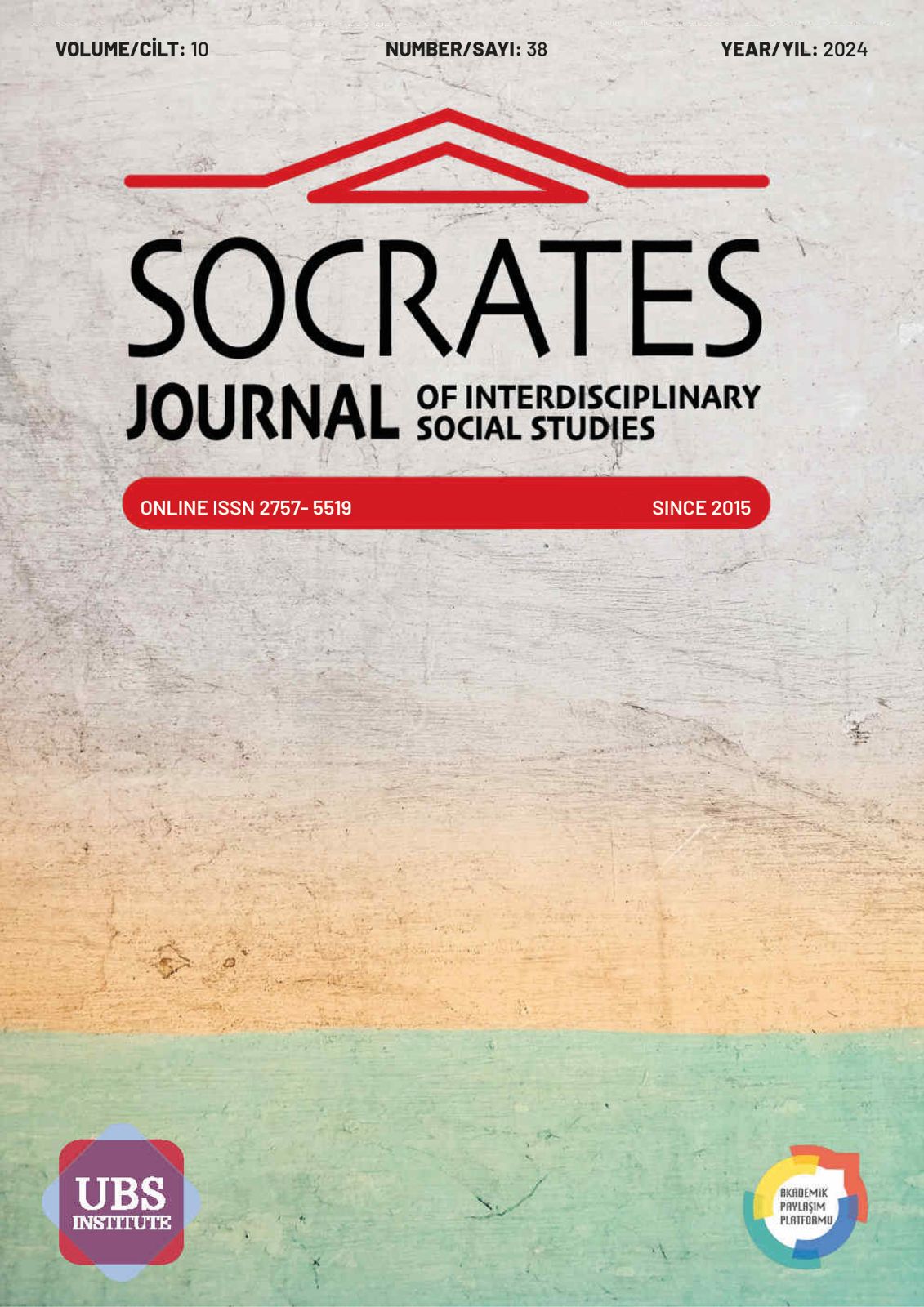The Socio-Political Status of Women in the Safavid Period
DOI:
https://doi.org/10.5281/zenodo.10645938Keywords:
Safevî, Kadın, İran, Harem, Sosyal, SiyasiAbstract
This article focuses on the social and political status of women, their roles within the family, and aspects of marriage and divorce during the Safavid period in Iran. In the introduction, it emphasizes the historical significance of women as integral parts of society and acknowledges the value of their roles in the history of civilization. During the Safavid era, women were generally confined to domestic roles, with upper-class women being more visible in palaces, while middle-class women engaged in household chores and agricultural activities.The participation of upper-class women in cultural activities, such as art, architecture, and religious institutions, is highlighted. However, limited visibility in public spaces due to the emphasis on women's privacy and dress codes is emphasized. In the section on the role of women within the family, the responsibilities of women in daily life, including child-rearing, household chores, and participation in artistic activities, are outlined. While the leadership role of men in decision-making within the family is underscored, it is noted that this dynamic could change based on women's economic influences and societal roles.The article extensively explores the subject of marriage, discussing marriage contracts and the limited agency women had in choosing their spouses. Various types of marriages, such as marrying concubines, temporary marriages (müt'a), and legal marriages, are explained. Subsequently, the reasons for divorce and its processes during the Safavid period are described. The significance of the Harem as a critical space for women during the Safavid era is established. The article provides insights into the lifestyle of women in the Safavid Harem. Lastly, the article examines whether women held political roles during the Safavid period and explores their activities in this regard.In conclusion, this article serves as a valuable source for understanding the positions of women in society by focusing on a historical period.
References
Barani, M. (1393 Şemsi/2004). Sebk-i Zindegi-i Zen-i İrani ez Nigah-i Sefername Nevisan-i Gayri İrani Asr-i Safevî. Tarih-i İslam Dergisi, 57, 171-206.
Birjandifar, N. (2005). Royal women and politics in Safavid Iran. Master's thesis. Institute of IslamicStudies, Montreal, McGill University.
Cihandideh, M. ve Haefi, Sh. (2017). Women’s Status During the Safavid Period, Recent Researches in SocialScience, No. 11, Spain, Digital Convergence, Manufacturing and Tourism Press, 137-142.
Delavale, P. (1380 Şemsi/2001). Sefarname. Çev. Mahmut Behfrouzi, C.II, Tahran, Katre Yayınları.
Donyari, S. (2015). Vaziyet-i İctimaii-i Zenan der Devre-i Safevîyyeba Tikye berDidgah-i Sefernamenevisan, Cundi Şapur Dergisi, III, 23-39.
Felsefi, N. (1353 Şemsi/1974). Zindegani-i Şah Abbas-i Evvel, III. Tahran: İntişarat-i Danişgah-i.
Foran, C. (1378 Şemsi/1999). Mukavemet-i Şikenende, Tarih-i Tehevvulat-i İctimai-i İran ez Safevîyye ta Salhaye Pes ez İnkilap. Çev. Ahmet Tedeyyun. Tahran: Rasa Yayınları.
Gündüz, T. (2008). “Safevîler”, 35. İstanbul: Türkiye Diyanet Vakfı Ansiklopedisi, 457-459.
Hicazi, B. (1381 Şemsi/2002). Zayife, BerresiCaygah-i Zenan der Asr-i Safevî, Tahran, Kaside Sera Yayınları.
Kâbe, N. ve Fethi, K. (1399/1400). Karkerdha-i ictimai-i Hanivadeba Tekit ber Nakş-i Zen der Asr-i Safevî, Feslname-i ilmi-Pejuheşi-i Tarih, 60, 237-262.
Kulizadeh, A. (1383 Şemsi/2004). Nigah-i CamiyaŞinahti be Mevkiyet-i Zenan Der Asr-i Safevî, Pejuheş Zenan Dergisi, S.II, 77-88.
Oliviye, (1371 Şemsi/1992). Sefername-i Oliviye, Çev. Mehmet Tahir Mirza, Haz. KulamrızaVarahram, Tahran, İttilat Yayınları.
Savory, R. (1387 Şemsi/2008). İran-i Asr-i Safevî, Çev. Kambiz Azizi, Tahran, Merkez Yayınları.
Şarden, C. (1350 Şemsi/1971). Siyahetname-i Şarden, çev. Muhammet Ali Abbasi, C.XIII, Tahran, Emirkebir Yayınları.
Şayistefer, M., Hazai, M. ve Abdulkerimi, S. (1393 Şemsi/2014). Berresi-i Caygah-i İctimaii-i Zenan ve Kudekan Der Devrei Şah Tahmasb-i Safevî (930-983 H.) Ber Esas-i Tatbik-i Nigareha-i Nuseh-i Şahname-i Tahmasbi ve Heft Renk-i Orang Cami, Zen der Ferheng ve Honer Dergisi, II, 189-208.
Downloads
Published
How to Cite
Issue
Section
License
Copyright (c) 2024 Socrates Journal of Interdisciplinary Social Studies

This work is licensed under a Creative Commons Attribution 4.0 International License.


